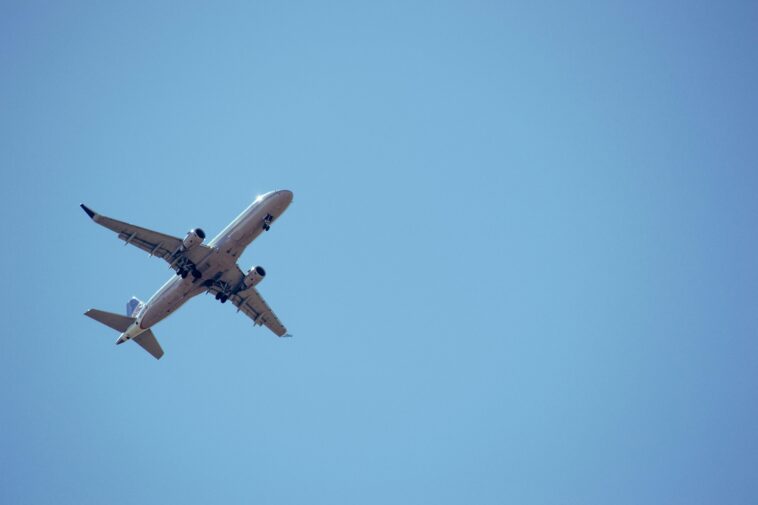Over the past two months, a series of aviation accidents have raised concerns about air travel safety. Globally, commercial aviation has witnessed more than half a dozen unusual incidents, while in the United States, near-misses and air traffic control staffing shortages have added to the anxiety of travelers. However, despite these alarming headlines, air travel continues to be the safest mode of transportation.
Media Amplification and Public Perception
With the rise of social media and instant news coverage, video footage of aviation incidents spreads rapidly, heightening public fears. Passengers who already experience flight anxiety find their concerns amplified when confronted with dramatic images of crashes and emergency landings. While these incidents are undeniably serious, they remain rare, especially when compared to other forms of transportation.
Recent Aviation Incidents in Context
In recent months, fatal crashes have occurred in South Korea, the United States, and Azerbaijan. In the U.S., while some incidents involved commercial airlines, others were private aircraft that were subject to less stringent safety regulations. Large commercial airplanes, on the other hand, adhere to the strictest safety requirements, ensuring that flying remains statistically safer than driving.
Not all recent incidents resulted in fatalities. For instance, all 80 passengers aboard a Delta Air Lines flight that crash-landed at Toronto Pearson International Airport survived, despite the plane flipping upside down on the tarmac with its right wing and tail severely damaged.
The Statistics Behind Aviation Safety
According to the National Safety Council, the lifetime odds of dying in a car crash are approximately 1 in 95. In contrast, air travel remains significantly safer, with stringent safety protocols, thorough pilot training, and constant regulatory oversight.
Furthermore, data from the Bureau of Transportation Statistics reaffirms that air travel is the safest form of transportation. The only three years with fewer than 300 fatal aviation accidents all occurred in the 2020s, marking a significant improvement from the 1980s, when annual fatal crashes exceeded 600.
January’s preliminary data from the National Transportation Safety Board (NTSB) also suggests that last month saw a record low number of airplane accidents across private and commercial flights nationwide, reinforcing the industry’s continued emphasis on safety.
Safety Recommendations for Passengers
Aviation experts stress the importance of safety measures that passengers can take to further minimize risks. Wearing a seatbelt throughout the flight and paying attention to pre-flight safety briefings can be lifesaving in the event of unexpected turbulence or emergencies.
Parents traveling with infants should be aware that while many airlines allow children under two to be held on a parent’s lap, both the Federal Aviation Administration (FAA) and NTSB recommend using an approved child restraint system. Research from the National Institutes of Health in 2019 found that unrestrained lap children are at a higher risk of injury during turbulence or emergency landings.
The Industry’s Commitment to Safety
The aviation industry takes every incident seriously, with the NTSB conducting thorough investigations into each case. Airline executives frequently emphasize that while they compete on factors like pricing, amenities, and scheduling, safety remains a non-negotiable priority. Airlines, aircraft manufacturers, and regulatory bodies work together to uphold rigorous safety standards and implement recommended improvements to ensure continued safety advancements.
Despite the recent wave of incidents, commercial air travel remains the safest form of transportation. With advancements in aviation technology, rigorous safety regulations, and industry-wide cooperation, flying continues to have an unparalleled safety record compared to other modes of travel. While media coverage may heighten public concern, the data overwhelmingly supports the reality that flying is still the safest way to travel.







Comments